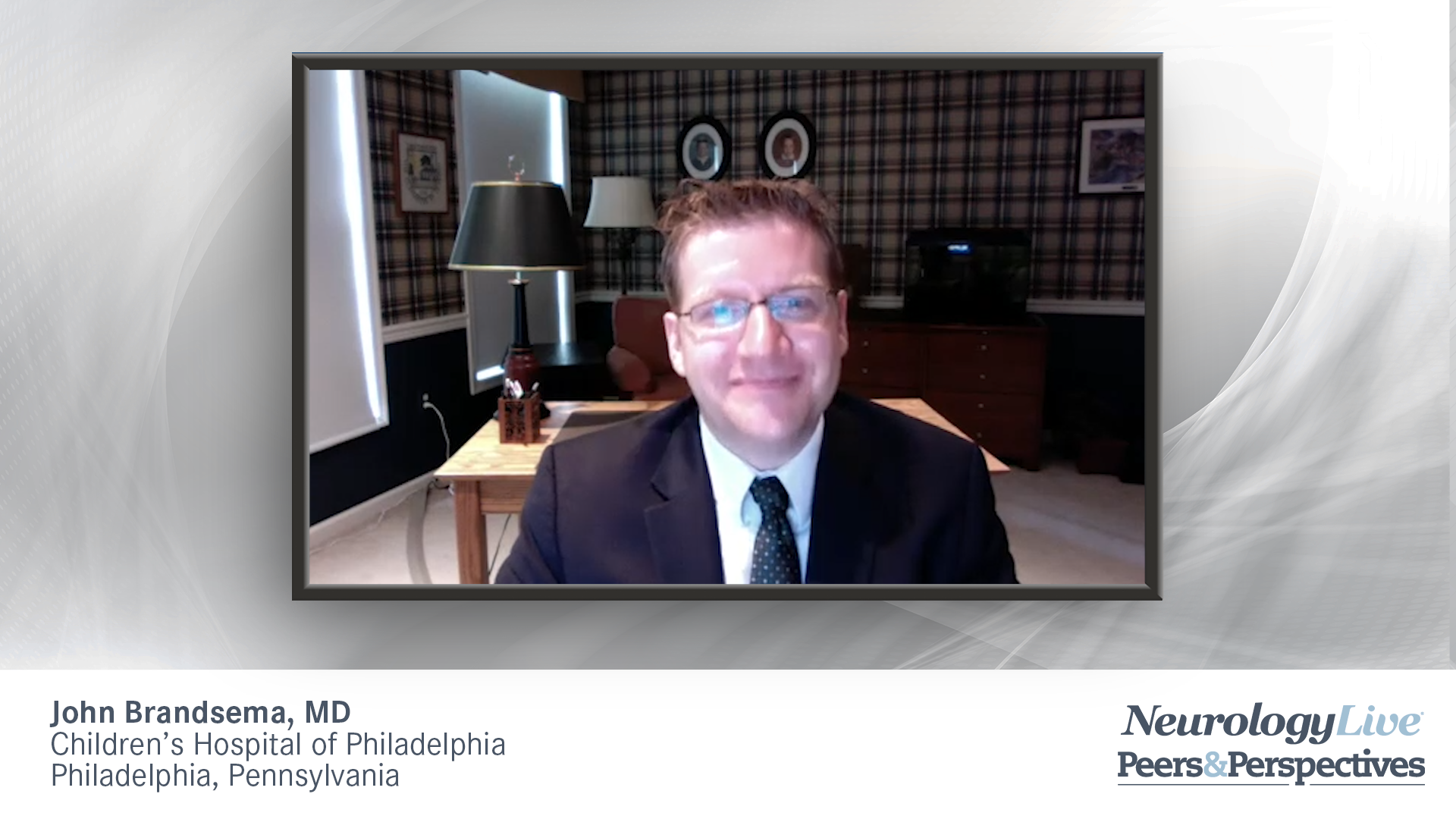
Role of Combination Therapies in SMA Management

John Brandsema, MD, and Julie Parsons, MD, review the evolution of combination therapy in clinical practice for the management of SMA.
John Brandsema, MD: Gene transfer cannot be taken back once you give it; it is in for life, and hopefully it is durable in terms of this expression, although there are still some wondering about that. It does bring in the concept of the combination of treatment, in the sense that either you have received the gene transfer and then you add one of these other therapeutic options on top of it, or you try to use another combination of these treatments. I am wondering how that thinking is starting to evolve in your clinic [Children’s Hospital Colorado], since of course it is never sufficient to accept anything other than no symptoms at all with SMA [spinal muscular atrophy] for somebody living with that disease—if it is possible to get to that goal. How can we get there with these different treatments, in your opinion?
Julie Parsons, MD: This is hard, because we are also asking insurers to pay a lot of money for these treatments. Gene transfer therapy, as we know, is over $2 million just for the gene transfer product, not for the delivery monitoring and appointments. The nusinersen is $125,000 for just the drug. Risdiplam is $350,000 for the year if we think about regular dosing. These are not inexpensive medications. I must be honest that many of the decisions are made based on what commercial payers are willing to do. But I think, as advocates for these kids, we all have patients who have not been great responders to any of these drugs. I think we owe it to our patients to be able to try either a new drug or a combination to see whether that will help them improve. I do not expect them to be typical, but taking care of these kids, we know when there is a patient who just does not seem to have a great response.
Speaking of response, there is the RESPOND trial, which is a rescue trial that is being undertaken right now, where patients who have had onasemnogene [abeparvovec] and have not been good responders can be “rescued” with nusinersen. That trial is ongoing. I think we will have some data on that scenario. There are patients, clearly, around the country who are being treated with risdiplam in conjunction with onasemnogene. I think that scenario is going to happen. I just hope that we can collect the data and information to find out whether these things are safe or whether there is any efficacy. Then we did not mention additional non–SMN-targeted therapy. For instance, there is a trial conducted by Scholar Rock [Inc] looking at a human monoclonal antibody for pro-myostatin. We look and say, “Are there going to be rational combination therapies where we say we are going to target muscle as well as SMN protein to improve outcomes?” To me, that is still the future. We are not done with treatment and trials for SMA at this point just because we have 3 approved therapies.
John Brandsema, MD: We have to figure out how to best tailor what the optimal treatment regimen is for someone based on when we’re meeting them with their diagnosis of SMA. It matters whether we are seeing them presymptomatically or symptomatically, and where they are in their experience with the disease when we start treating them. Then, we see how they are responding and how we can best augment both the genetic deficiency that they have but also other tissues that are downstream that face consequences of that genetic deficiency. Is there a price at some point with having too much SMN toxicity with some sort of combination of these different therapeutic approaches and all their levels of tolerability? We may not be getting to a better place by having them heaped on top of each other. This is why I applaud things like the RESPOND study you mentioned or the JEWELFISH trial, where they are looking at risdiplam where there are combinations or switches going on in that study, too. They are getting objective data so we can make informed decisions about how to optimally do this with our patients.
I have been trying to think of take-home messages to wrap up with here, and the point I want to highlight is that SMA is a disease that requires interdisciplinary care no matter what. You need to be associated with an SMA treatment center if you have SMA, regardless of whether you have been treated. We know from treatments that establishing this diagnosis early and getting people on treatment as soon as possible is critical. If you are somebody who is not as familiar with SMA and you have a patient you either just diagnosed or you suspect has [SMA], make that diagnosis early and get them referred to an SMA treatment center. Then those of us who are SMA specialists have an obligation to continue to try to understand how to best optimize all the different aspects of what we’re doing, both with targeted treatments and interdisciplinary care, to ensure that people living with SMA have the best life possible. Is there anything you want to add on top of that, Dr Parsons?
Julie Parsons, MD: No; I think it is an incredibly exciting time where one would think that, now that we have 3 treatments that are life altering, we would be complacent, but we are not. There are more questions and there are new phenotypes, and we are constantly looking at how to best provide care for these patients. What is the evolving phenotype going to be? I think it is an incredibly exciting time to be looking at this disorder.
John Brandsema, MD: Thank you so much, Dr Julie Parsons, my colleague, for joining me today for this wonderful discussion. Thank you to the audience for watching this NeurologyLive® Peers & Perspectives®. If you enjoyed this content, please subscribe to our e-newsletters to receive upcoming programs and other great content right in your inbox. Thanks for watching and have a great day.
Transcript Edited for Clarity
Newsletter
Keep your finger on the pulse of neurology—subscribe to NeurologyLive for expert interviews, new data, and breakthrough treatment updates.































